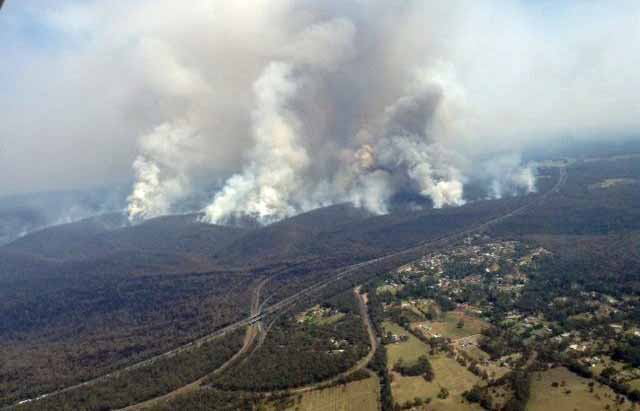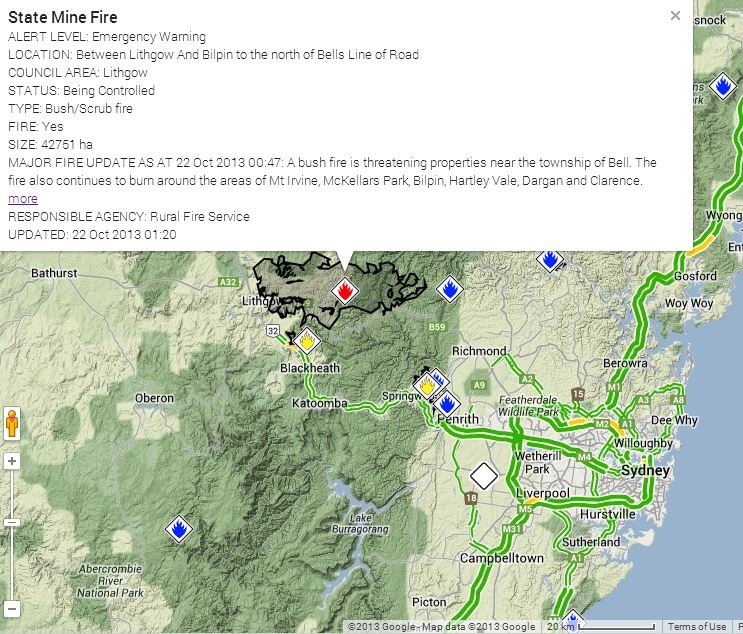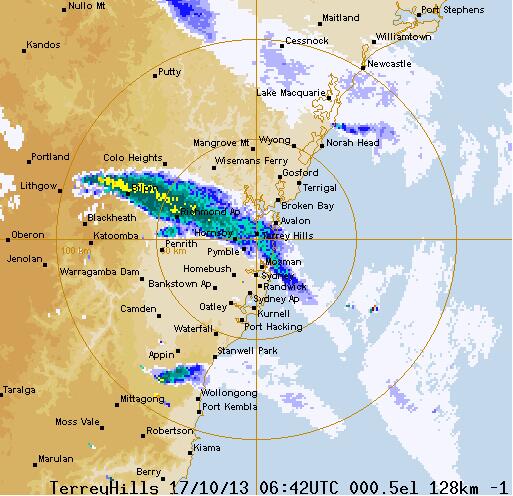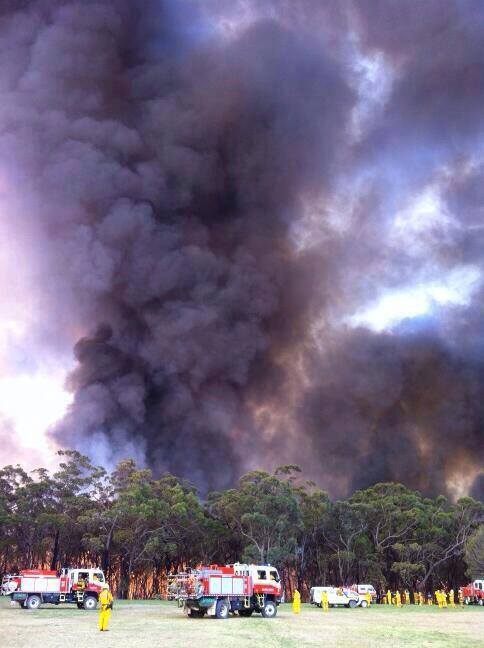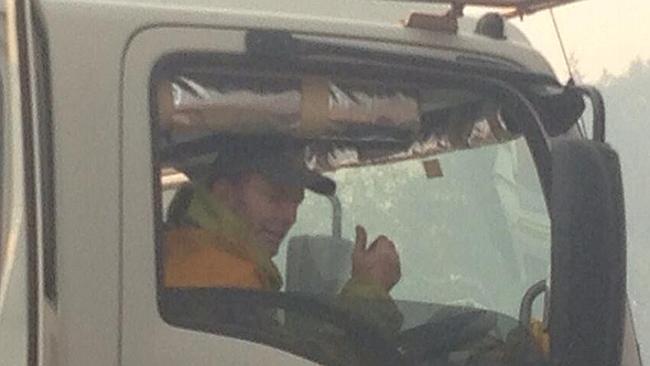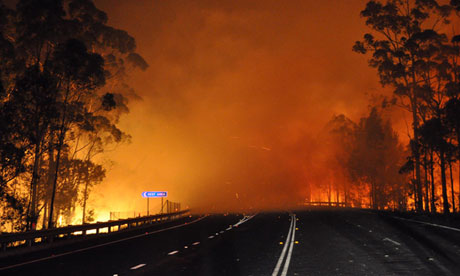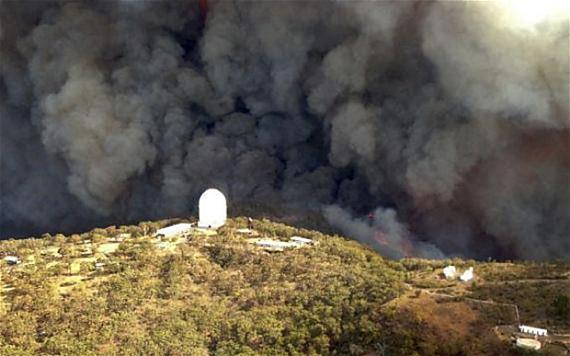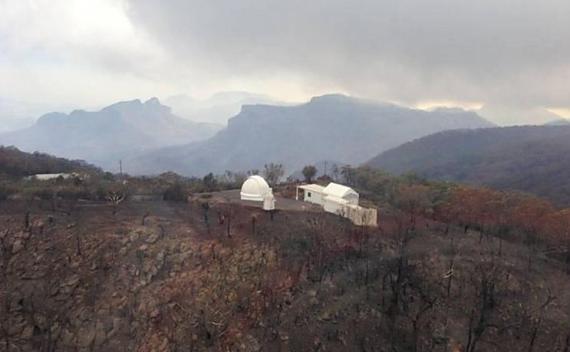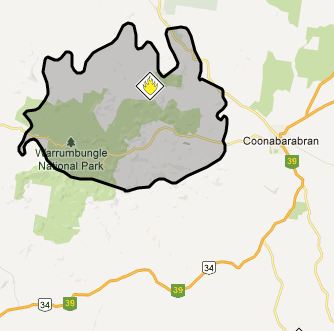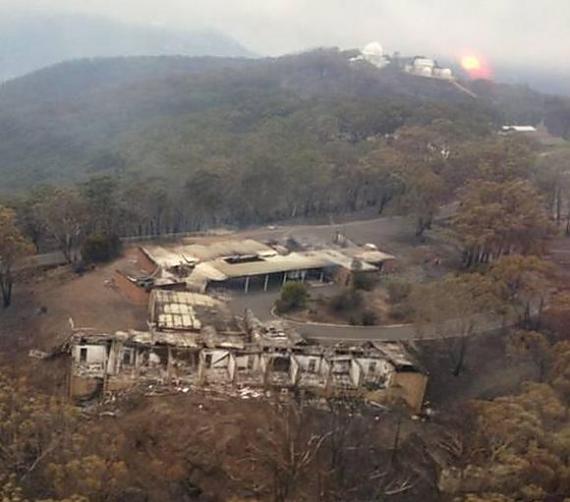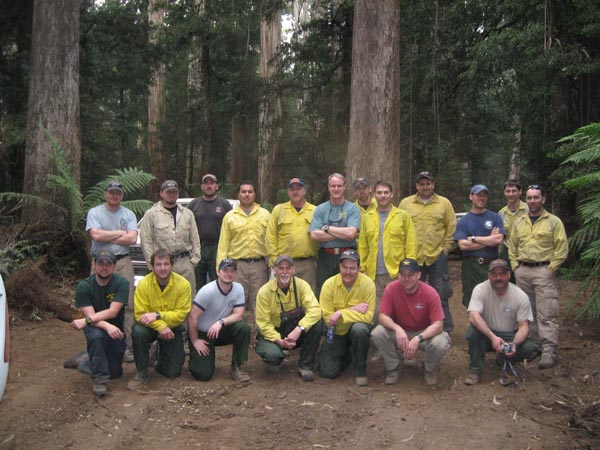
With the bushfire season in southeast Australia heating up much earlier than normal, some are wondering if the United States is going to send wildland firefighters down under to give them a hand. In the last eight years this has happened four times, in 2006, 2007, 2009, and 2010. At least two of those deployments were in January and February during their fire season that typically runs from December through February. With this very unusual October siege underway in New South Wales, which has been described as the worst wildfire conditions in more than 40 years, and with more than 200 homes destroyed, these conditions are an outlier, very different from the normal fire occurrence.
We checked with our sources in Boise and there are no immediate plans underway to send American firefighters to Australia. But the down under bushfire season has not even officially started — it could be an interesting summer below the equator.
In February, 2009, the United States sent 60 wildfire specialists to Victoria to assist with operations, planning and logistics. That included two thirteen-person teams specializing in rehabilitating burned areas, and one 20-person suppression team. I believe the “suppression team” was a thrown-together group of experienced firefighters formed into a crew, since no hotshot crews were on duty in February. More information about that deployment is HERE, HERE, and HERE.
In January, 2010, the United States again sent firefighters to Australia. That time it was approximately 17 people, with most of them being assigned within Victoria. Some details about that trip are HERE, HERE, and HERE.
The international assistance has worked in both directions. In July, 2008, 44 Australian and New Zealand firefighters came to the United States to assist with fires in California. The first deployment of firefighters from Australia to the U.S. was in 2000.

